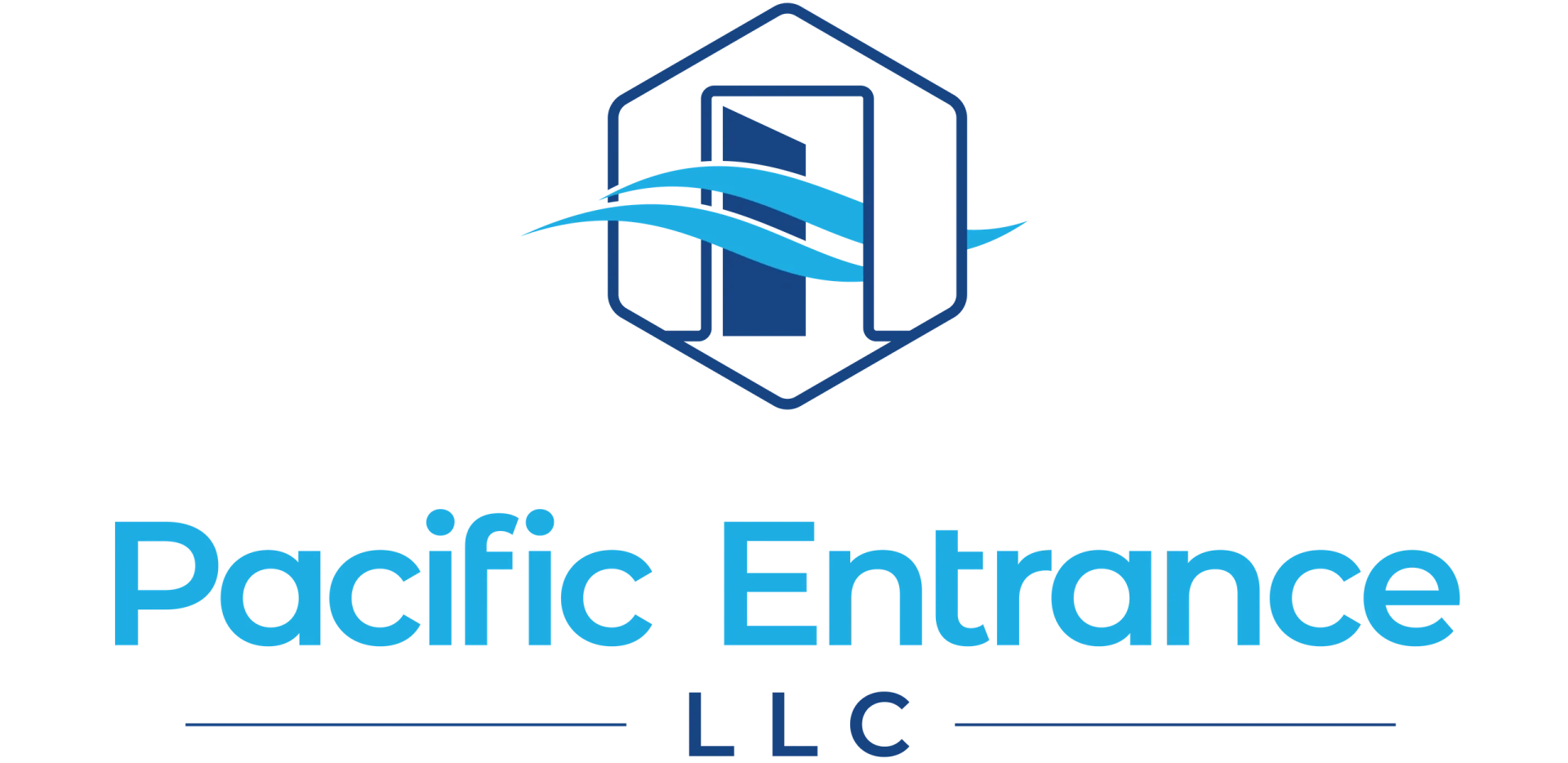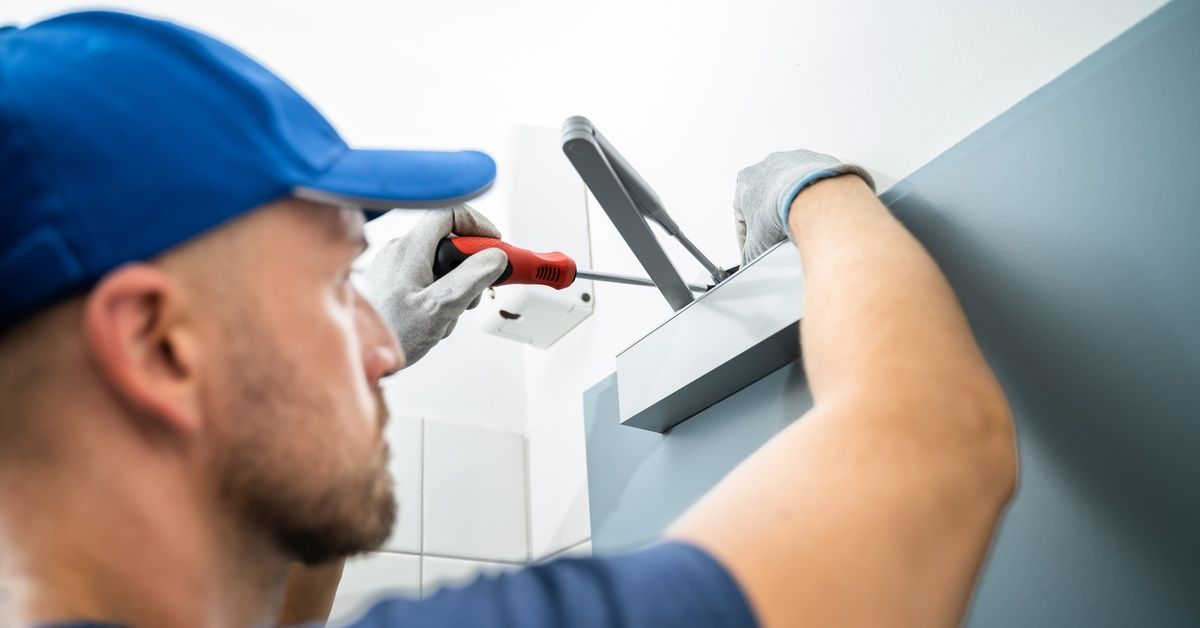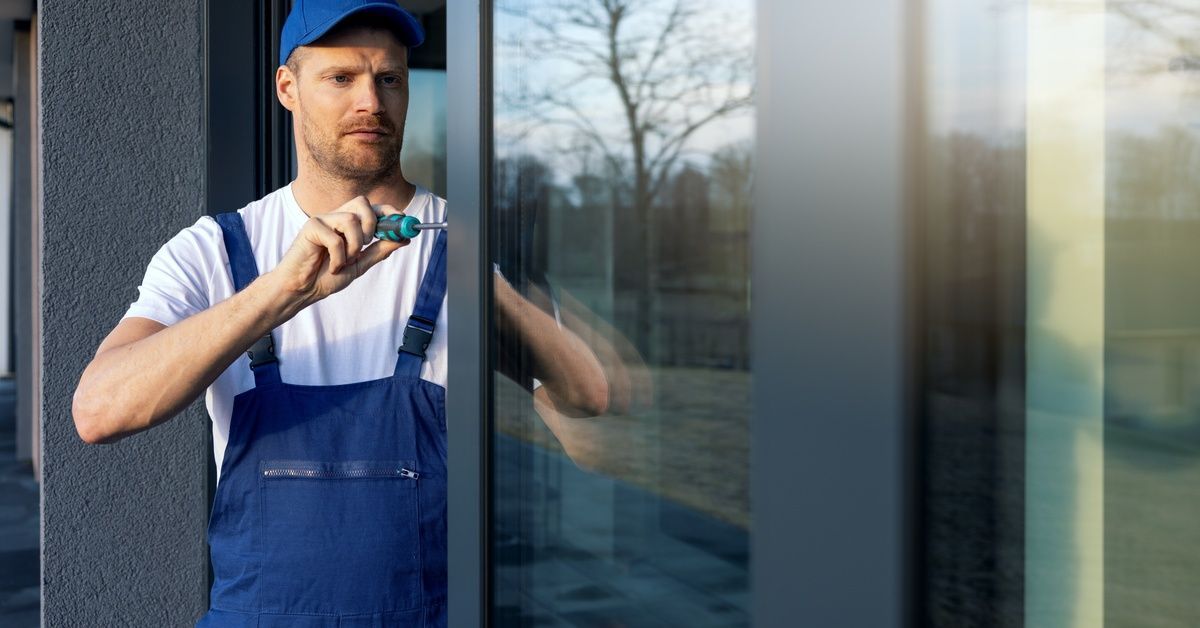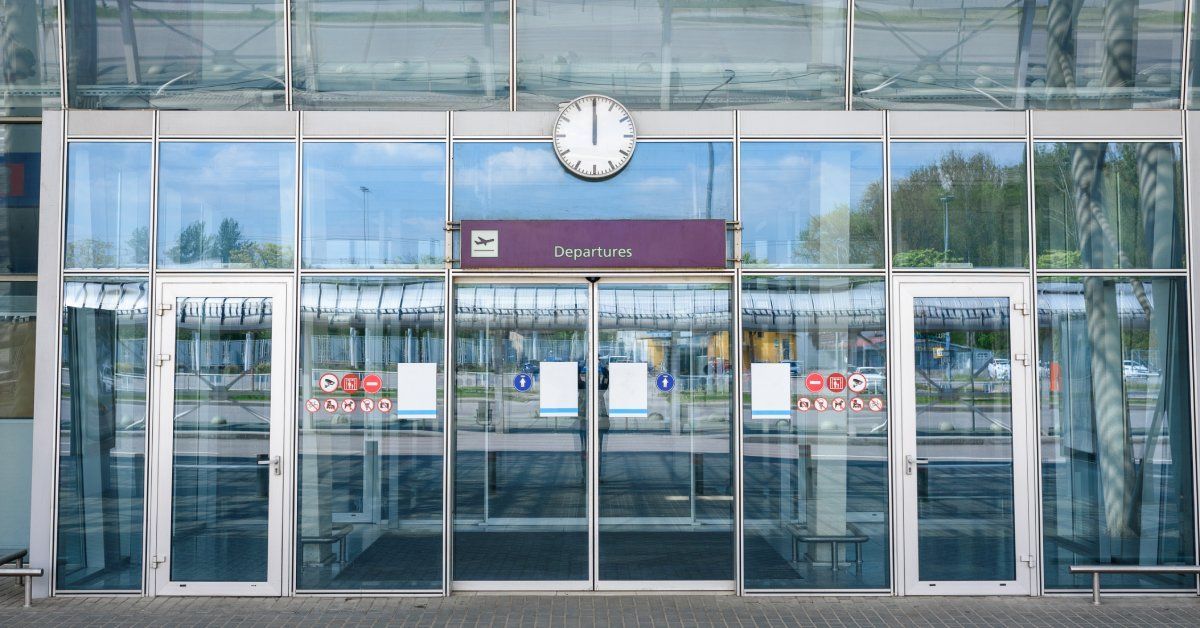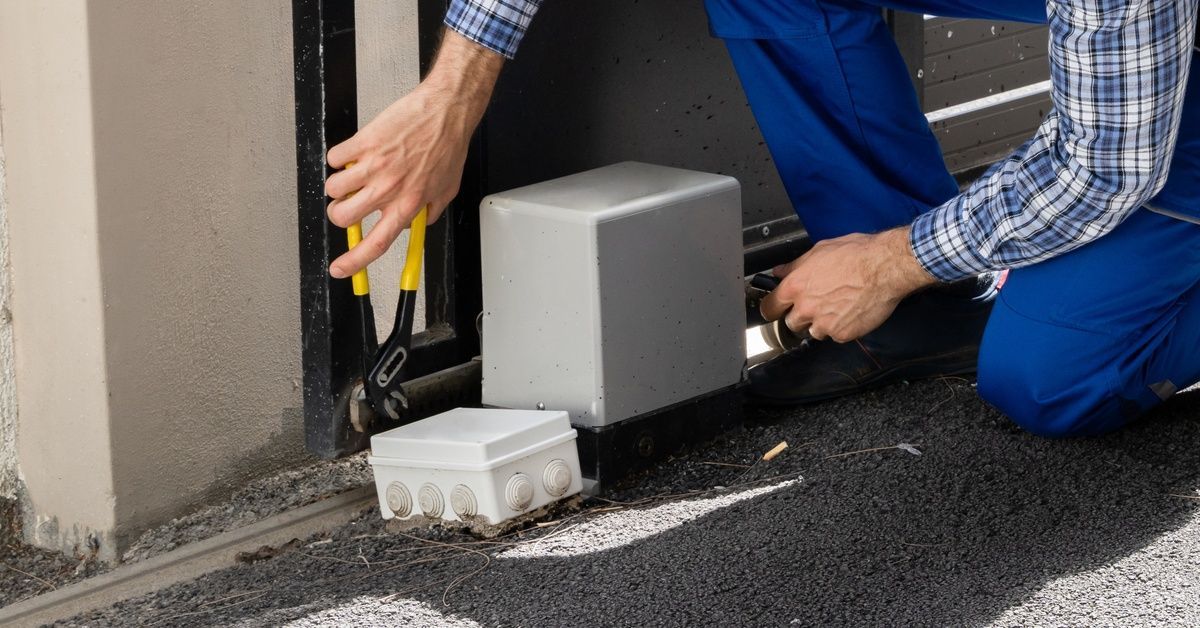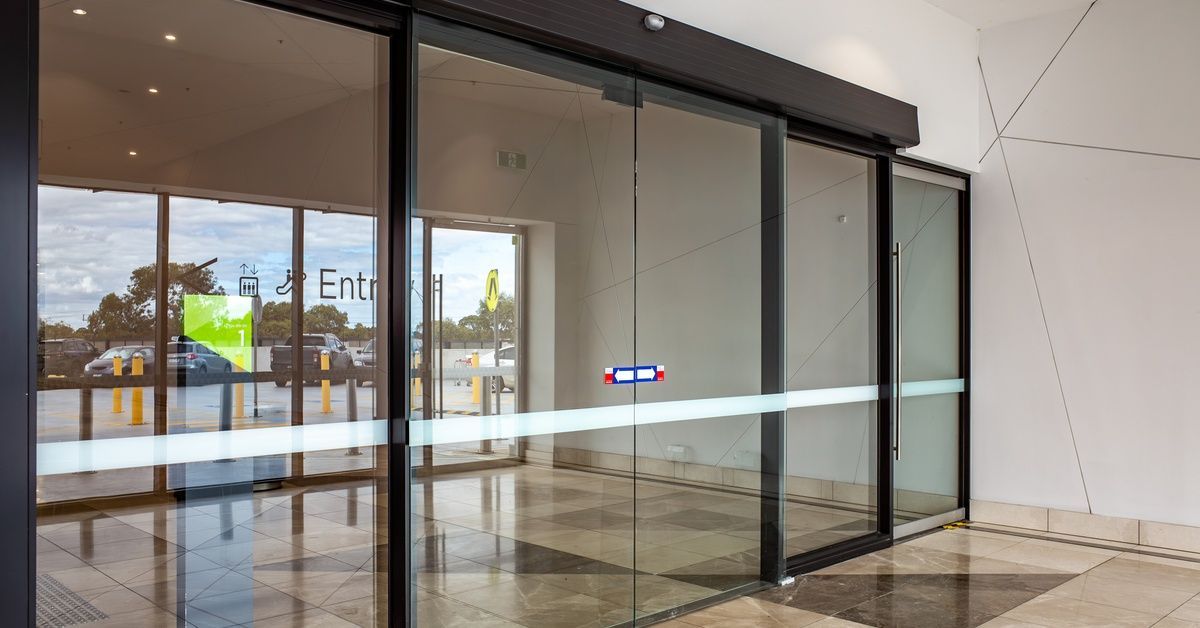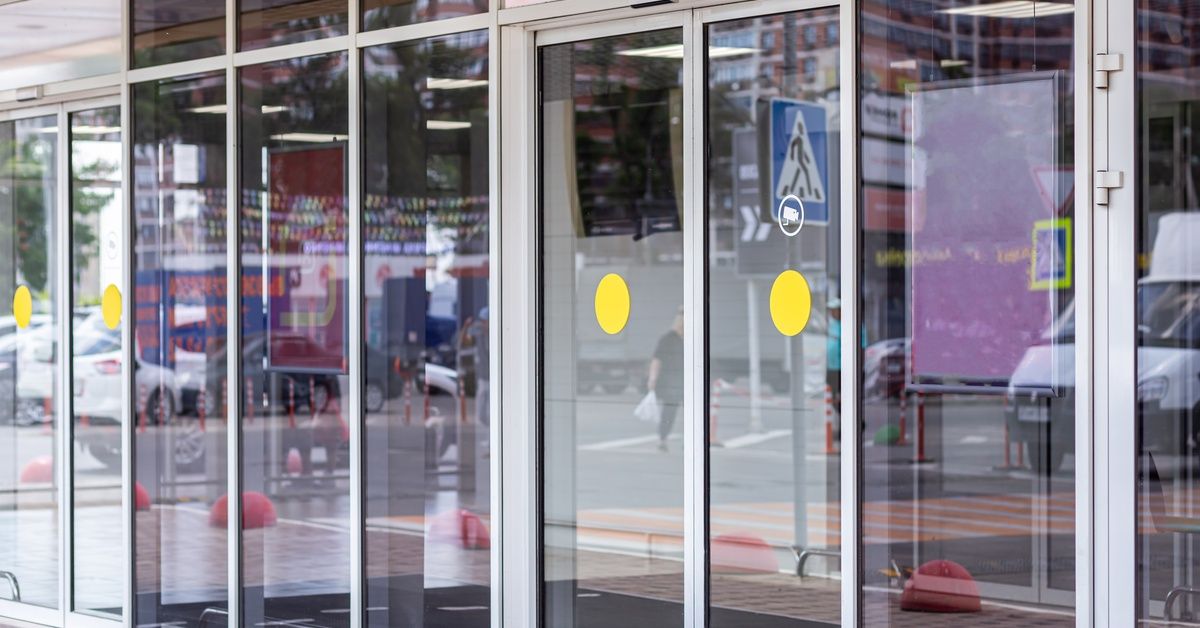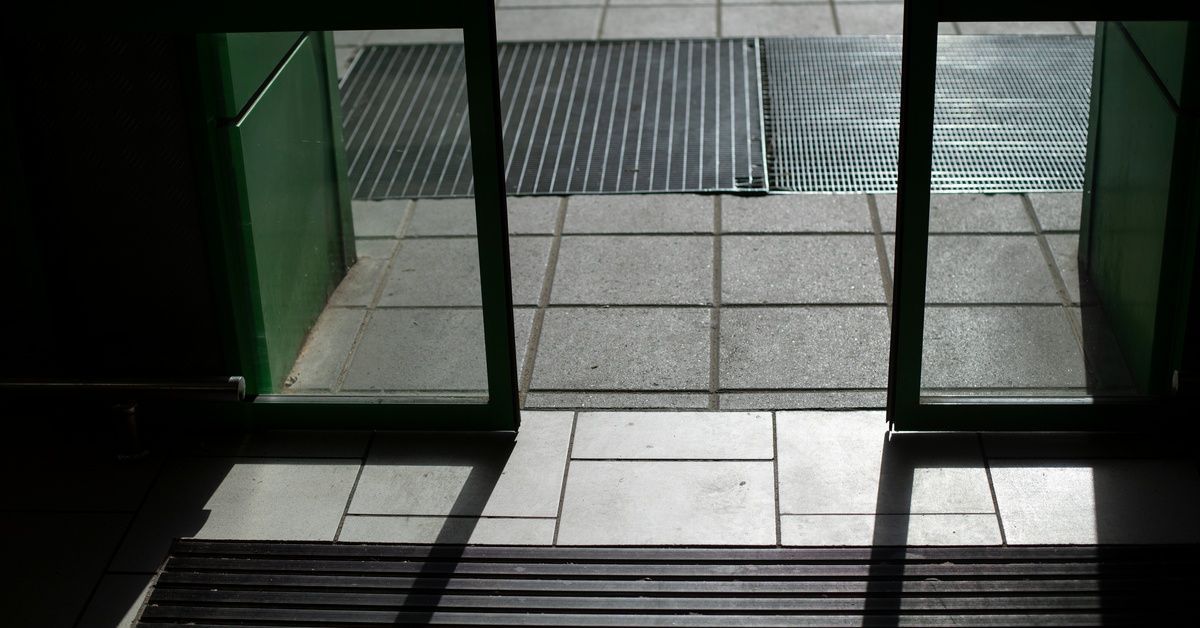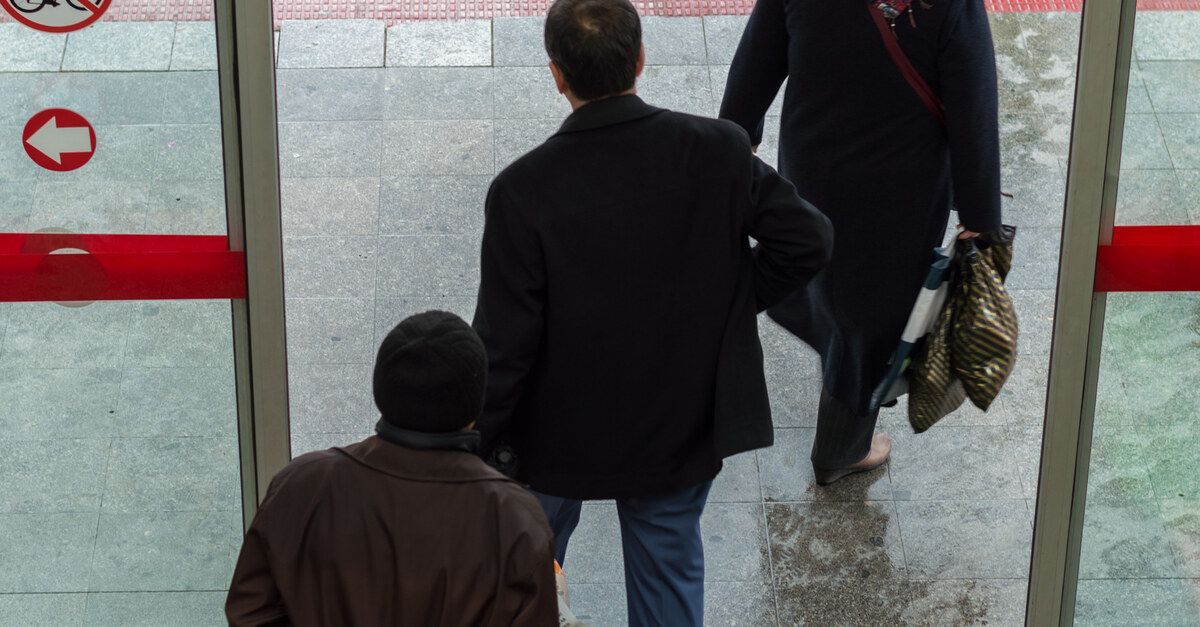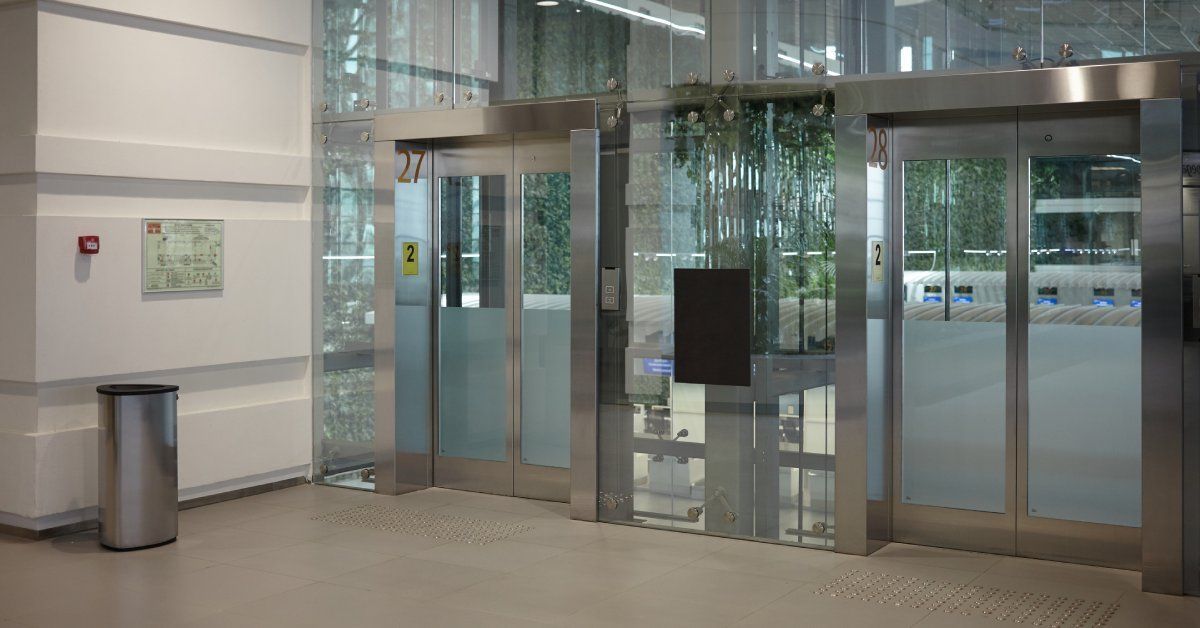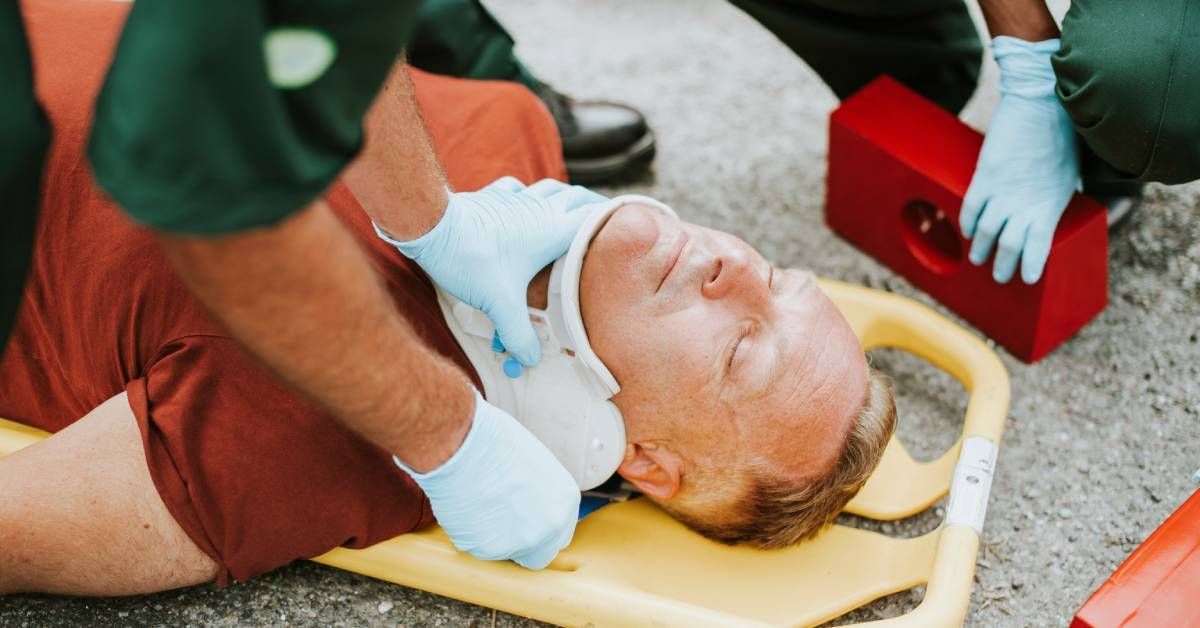Emergency Repairs for Automatic Sliding Doors
Automatic sliding doors are the gateways to countless commercial buildings, handling thousands of entries and exits daily. When these critical access points malfunction, building operations can grind to a halt within minutes. Understanding how to respond to door emergencies protects your facility, ensures occupant safety, and maintains business continuity.
Emergency repairs for automatic sliding doors require immediate attention because delays create cascading problems that impact security, accessibility, and operational efficiency.
Common Causes of Automatic Sliding Door Failures
Mechanical components bear the brunt of constant use in commercial environments. Worn rollers create grinding sounds and jerky movement patterns. Damaged tracks cause doors to stick or operate unevenly. These issues worsen rapidly under heavy traffic loads.
Electrical problems strike without warning and can disable doors completely. Sensor failures prevent doors from detecting approaching pedestrians, while wiring issues disrupt communication between control systems and door mechanisms. Power surges can damage sensitive electronic components instantly.
Access control integration adds another layer of complexity. Network disruptions can lock out authorized users. Additionally, software glitches may cause doors to remain open, compromising building security throughout the day.
Recognizing Emergency Situations
Doors that refuse to open may trap building occupants inside and prevent emergency evacuations. This scenario creates immediate safety violations and potential legal liability. On the other hand, doors stuck in the open position expose buildings to unauthorized access and weather damage.
Strange grinding or clicking noises indicate internal component failure. These sounds often precede complete system breakdowns. Safety sensors that fail to detect pedestrians create serious injury risks, especially for individuals using mobility devices.
Erratic opening patterns signal control system problems. Doors that open too slowly may frustrate users and create bottlenecks, while doors that slam shut too quickly pose injury hazards and violate ADA requirements.
Consequences of Delayed Action
Security breaches are inevitable when automatic doors malfunction. Doors that won’t close properly allow unauthorized building access. Compromised entry points require expensive security personnel until repairs restore normal operation.
Safety hazards multiply as problems worsen. Partially functioning doors may create trip hazards and accessibility barriers. Luckily, emergency repairs for automatic sliding doors prevent these situations from escalating into serious accidents.
Repair costs increase exponentially when minor issues damage additional components. A failing roller can destroy expensive track systems. Electrical shorts can fry entire control panels, turning simple fixes into major overhauls.
Professional Emergency Response
Qualified technicians arrive with diagnostic tools and replacement parts for immediate repairs. They identify root causes quickly, making fixes that won’t fail anytime soon.
Complete automatic door repair services include testing all safety features and verifying ADA compliance. Technicians calibrate opening speeds, adjust sensor ranges, and confirm proper integration with security systems.
Prevention Strategies
By performing regular maintenance, you can catch problems before they worsen. Monthly inspections may reveal worn components that need replacement. Training building staff helps them recognize warning signs and report issues promptly.
Establishing relationships with reliable service providers ensures rapid emergency response. Pre-negotiated service agreements eliminate delays when urgent repairs are necessary.
Protecting Your Investment
Swift action during automatic door emergencies protects occupants, maintains security, and controls repair costs. Professional service providers deliver expertise and reliability that keep your building operating smoothly. Don’t let door failures disrupt your operations or compromise safety standards.
